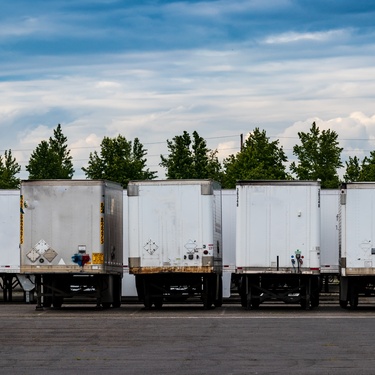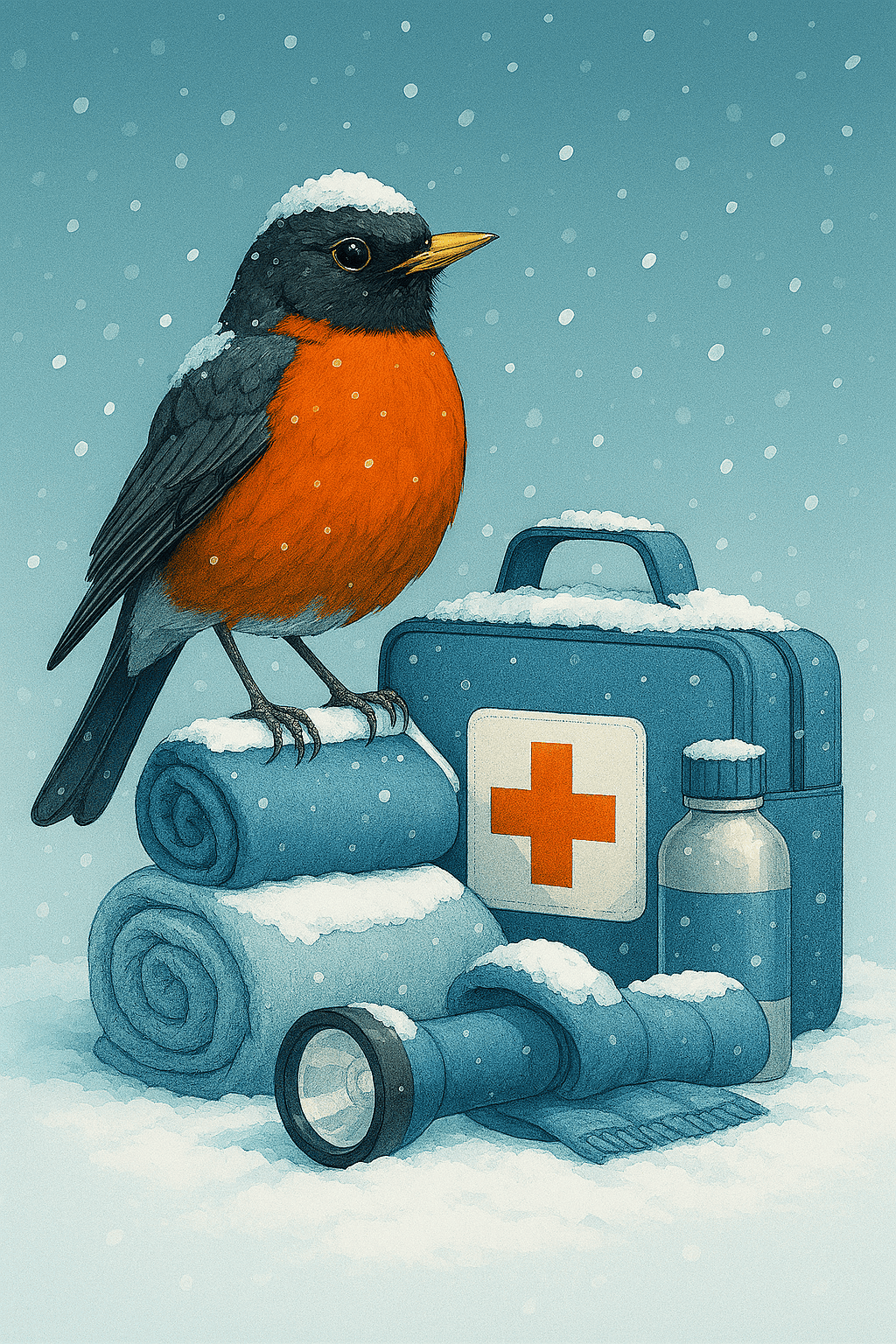
Keeping your team safe in cold chain logistics matters just as much as keeping products at the right temperature. Facility managers set the tone here. If you follow the right steps and stay consistent, you can protect your workers, reduce mistakes, and keep operations running smoothly. Here are five practical tips for protecting workers in cold chain logistics that you can implement today.
Prioritize Training and Education
Start with training that covers safety protocols, packaging procedures, and proper equipment use. Walk new hires through real scenarios, then refresh everyone’s skills quarterly. When you teach staff to choose the right containers, label materials, and ventilate work zones, you’ll help them avoid common cold chain mistakes that lead to waste and injury.
Provide Personal Protective Equipment (PPE)
Give every worker the gear they need for cold environments, then check that they wear it correctly. Insulated jackets, thermal layers, and moisture-wicking base layers keep core temperatures stable. Cut-resistant, insulated gloves protect hands from cold environments while preserving dexterity for handling small parts or labels. Waterproof, insulated boots with slip-resistant soles prevent falls on icy floors.
Plan for Regular Breaks and Rotations
The cold can drain workers’ energy and focus, so you need to design a schedule with frequent breaks. Make sure to rotate tasks so no one spends an entire shift in subzero zones. This will reduce the chance of cold stress and boost accuracy on repetitive tasks. It can also result in fewer errors in picking, packing, and labeling.
Maintain Equipment
Cold environments can be taxing on gear, but you can improve safety by maintaining forklifts, door seals, sensors, compressors, and backup power on a tight schedule. Make sure to calibrate temperature monitors and data loggers weekly. Also inspect floors and anti-slip coatings after each deep clean. If your operation uses dry ice, check ventilation in areas where you store it, and ensure CO2 monitors work. To keep things simple, create a simple maintenance checklist that supervisors review on a routine basis.
Create Clear Procedures for Emergencies
Despite the best safety protocols, accidents can still happen. To prepare, create step-by-step instructions for dealing with material spills, power loss, and medical events. Post instructions at eye level in every zone, and assign roles for who calls emergency services, who leads evacuation, who shuts down equipment, and who accounts for staff. Stock first aid kits for cold burns, and keep oxygen-monitoring devices handy where you store dry ice.
When you invest in training, the right gear, and clear emergency procedures, you build a safer workplace and stronger results. If you’re ready to put these tips for protecting workers in cold chain logistics into action, start with a safety walkthrough this week to spot areas for improvement.
Bio: Casey is a passionate copyeditor highly motivated to provide compelling SEO content in the digital marketing space. Her expertise includes a vast range of industries from highly technical, consumer, and lifestyle-based, with an emphasis on attention to detail and readability.




















